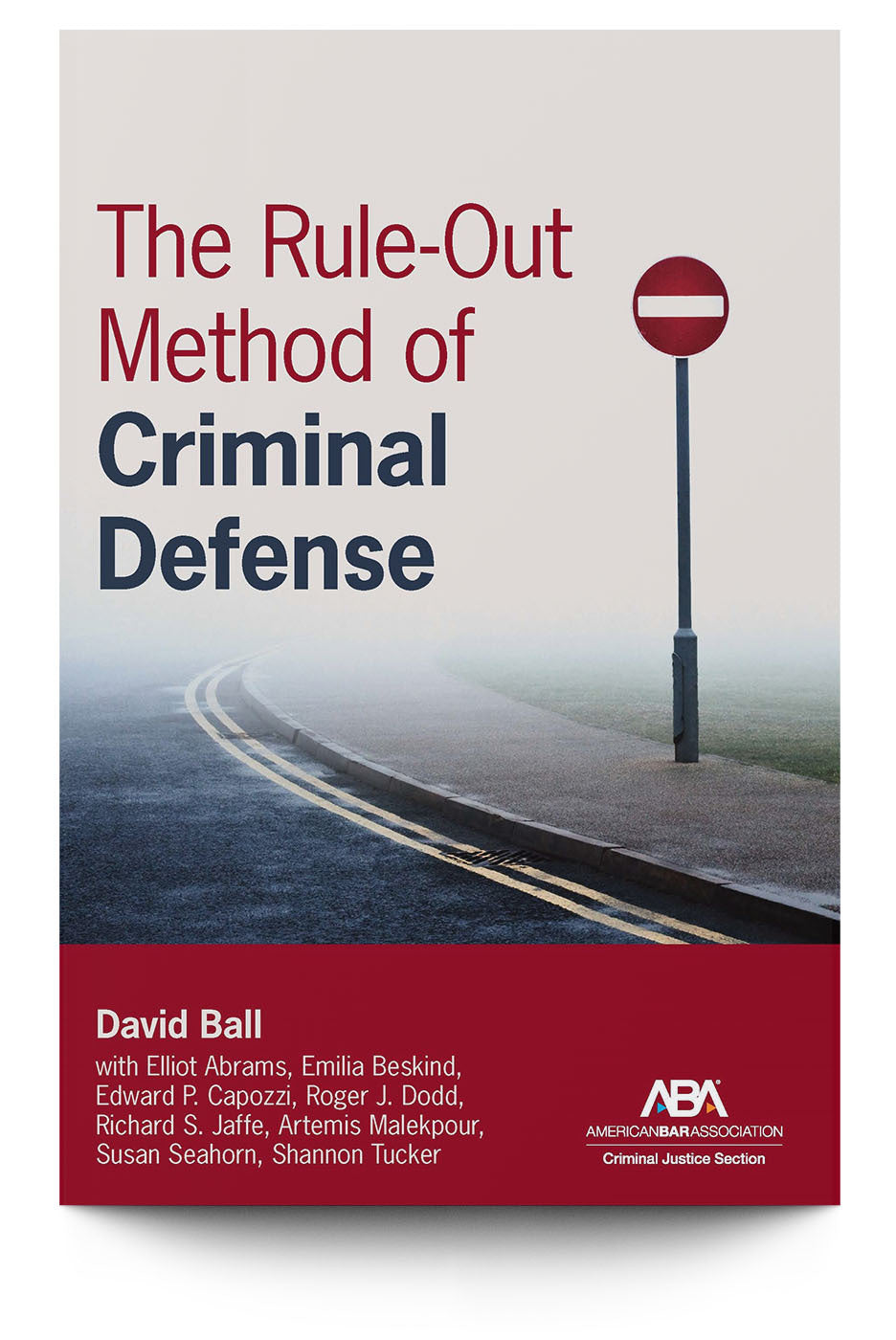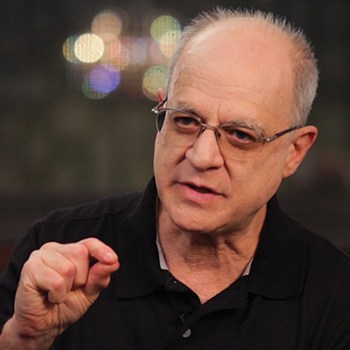Description
Description
The Rule-Out method of criminal defense, easily learned, gets most jurors to want to decide verdicts based solely on reasonable doubts -- which, perhaps unexpectedly, few jurors normally do on their own no matter how you explain it. Instead, most convictions result from burden shifting, the usual demand by jurors that the defense attorney prove innocence. Rule Out prevents this, teaches how to find plentiful reasonable doubts, and shows how to avoid the common practices that cause most convictions.
The Rule-Out Method of Criminal Defense brings defense advocacy back to its intended strengths, teaching readers how to find and show plentiful reasonable doubts that counsel most often misses. It also showcases how to avoid common practices that cause most convictions.
Authors
Authors
Details
Details
Paperback: 194 pages; 1st edition (2024); ISBN: 9781639054404
Publisher: American Bar Association
Table of Contents
Table of Contents
Foreword
Preface
Acknowledgments
Part 1: Concept and Principles
- What is Rule Out?
- Racism
- The Warning
- Burden Shifting and Lesser Included Defenses by Richard S. Jaff
- The Art and Craft of Reasonable Doubts
- Forensics and Junk Science
- Reasonable Doubt and Law by Elliot Abrams
Part 2: Rule Out in Practice
- Voir Dire
- Opening Statement by Shannon Tucker
- Direct Examination
- Cross-Examination
- Closing Argument
- Focus Groups by Artemis Malekpour
- Reasonable Doubts in Sex Crime Cases by Susan Seahorn
Bibliography
About the Author and Contributors
Index






